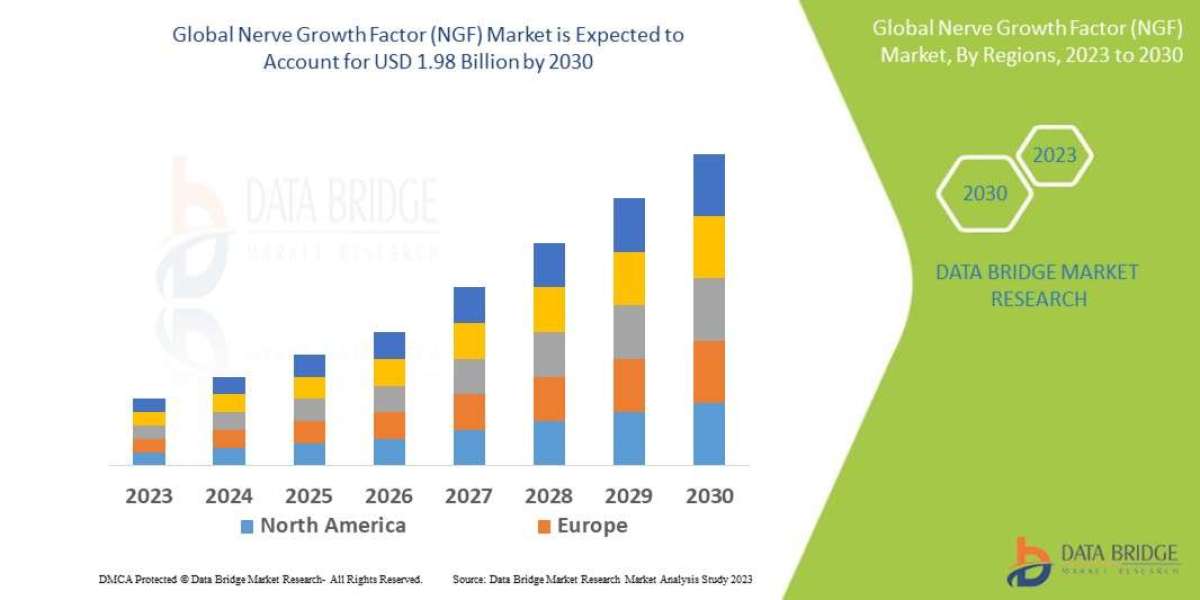The Decline of Password-Based Security
In today's digital landscape, the limitations of traditional username and password logins have become glaringly obvious. Despite best practices and increasing complexity requirements, password-based authentication remains a glaring security vulnerability. Millions of users continue to reuse weak passwords, fall victim to phishing attacks, and struggle with forgotten login credentials. These factors have made passwords the weakest link in cybersecurity.
From enterprise systems to personal devices, the reliance on passwords opens countless doors to cybercriminals. Data breaches, ransomware attacks, and identity theft often stem from compromised credentials. It’s no longer a matter of if but when these outdated authentication systems will fail.
How Password Less Authentication Transforms Security
Enter password less authentication—a revolutionary shift that eliminates passwords altogether, offering a far more secure and user-friendly alternative. Instead of relying on something the user knows (like a password), passwordless systems use what the user has (like a device) or is (like a biometric trait).
Technologies such as biometrics (facial recognition, fingerprints), secure tokens, and cryptographic key-based logins are at the core of this transformation. By removing passwords from the equation, we eliminate the most common attack vector—credential theft.
Key Advantages of Password Less Authentication Over Traditional Logins
1. Elimination of Phishing Risks
Phishing attacks rely on tricking users into revealing their passwords. With passwordless systems, there’s simply nothing to steal. Cryptographic authentication or biometric verification occurs locally, with no shared secrets transmitted or stored.
2. Stronger Security Through Biometrics and Hardware Keys
Biometric data and secure hardware tokens offer multi-layered protection. Even if a device is lost, access is not granted without a secondary form of authentication like a fingerprint or facial scan.
3. Better User Experience
Say goodbye to forgotten passwords and reset emails. Passwordless systems are seamless—just a glance at your screen or a tap of your fingerprint and you're in. This results in smoother workflows and higher user satisfaction.
4. Reduced IT Costs and Downtime
Password resets account for a large share of IT help desk requests. Removing passwords drastically cuts these costs and reduces productivity loss due to login issues.
5. Compliance with Modern Security Standards
Regulatory frameworks like GDPR, HIPAA, and CCPA emphasize strong data protection practices. Passwordless authentication supports compliance by enforcing secure, user-specific access with detailed audit trails.
Real-World Applications of Password Less Authentication
Organizations worldwide are already embracing passwordless solutions to secure critical infrastructure and enhance user access. Whether it's a bank using fingerprint authentication for mobile logins or a corporate network using FIDO2 security keys for employee access, the shift is happening now.
Ensurity’s ThinC Auth+ BioPro is a leading example of enterprise-grade passwordless authentication. It combines advanced biometric technology with FIDO2-certified hardware, delivering robust security and seamless integration into enterprise ecosystems.
The Future of Authentication is Passwordless
As cyber threats continue to evolve, security strategies must follow suit. Passwordless authentication is not a trend—it’s the future. It empowers organizations to eliminate the most exploited weakness in digital security while delivering an improved user experience.
In a world where data is the new currency, protecting digital identities with next-generation solutions is no longer optional—it's essential. Passwordless authentication is the intelligent, inevitable evolution of secure access.



